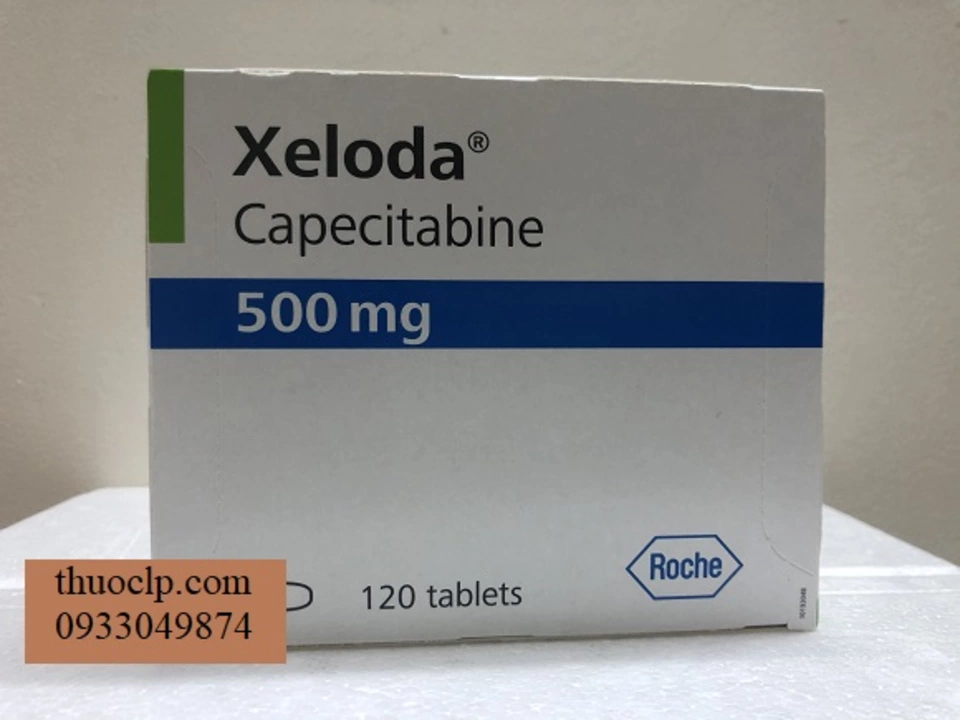Cancer Treatment: What You Need to Know Today
Facing a cancer diagnosis can feel overwhelming, but understanding your treatment choices makes it less scary. In this guide we break down the most common approaches – chemotherapy, immunotherapy, radiation and targeted drugs – in everyday language so you know what’s happening at each step.
First off, remember that no two cancers are identical. Your doctor tailors a plan based on tumor type, stage, overall health and personal preferences. That means you might hear one word repeated (like "chemo") but the actual regimen can look very different from someone else’s.
How Different Cancer Treatments Work
Chemotherapy uses powerful chemicals that travel through the bloodstream to kill fast‑growing cells. It’s often given in cycles – a few weeks on, then a break for recovery. Side effects like hair loss or nausea are common because chemo also hits healthy cells, but newer drugs aim to spare more normal tissue.
Immunotherapy is a newer class that trains your own immune system to spot and attack cancer. Think of it as giving the body better “eyes” to find the bad guys. Checkpoint inhibitors (like pembrolizumab) have turned once‑terminal cancers into manageable conditions for many patients.
Radiation therapy focuses high‑energy beams on a precise spot, damaging cancer DNA without surgery. It can be used alone or alongside chemo to shrink tumors before removal. Modern machines shape the beam to match the tumor’s outline, reducing damage to surrounding organs.
Targeted therapy attacks specific molecules that fuel cancer growth. If your tumor has a known mutation (for example EGFR in lung cancer), a pill or injection can block that pathway while leaving most healthy cells alone. This approach often comes with fewer side effects than traditional chemo.
Choosing the Right Plan for You
The best treatment mix depends on many factors. Ask your oncologist about the goal – is it cure, control, or symptom relief? If cure is realistic, aggressive combos of surgery, chemo and radiation might be recommended. For metastatic disease, doctors often favor targeted drugs or immunotherapy to keep the cancer in check longer.
Don’t forget supportive care. Medications for nausea, growth‑factor shots to boost blood cells, and counseling can make a huge difference in how you feel during treatment. Many clinics also offer nutrition advice – staying well‑fed helps your body tolerate aggressive regimens.
Second opinions are worth considering, especially if the proposed plan feels overwhelming. Different cancer centers may have access to clinical trials that test promising new drugs not yet widely available.
Finally, keep a simple log of appointments, side effects and questions. Writing things down ensures you don’t forget anything important when discussing next steps with your care team.
Remember, cancer treatment isn’t just about medicine; it’s also about how you live day to day. Stay active as much as you can, lean on friends and family, and give yourself permission to ask for help whenever you need it.
This guide is a starting point, not a substitute for professional advice. Talk openly with your doctor, bring a trusted person to appointments, and keep learning – the more you know, the more empowered you’ll feel throughout the journey.

